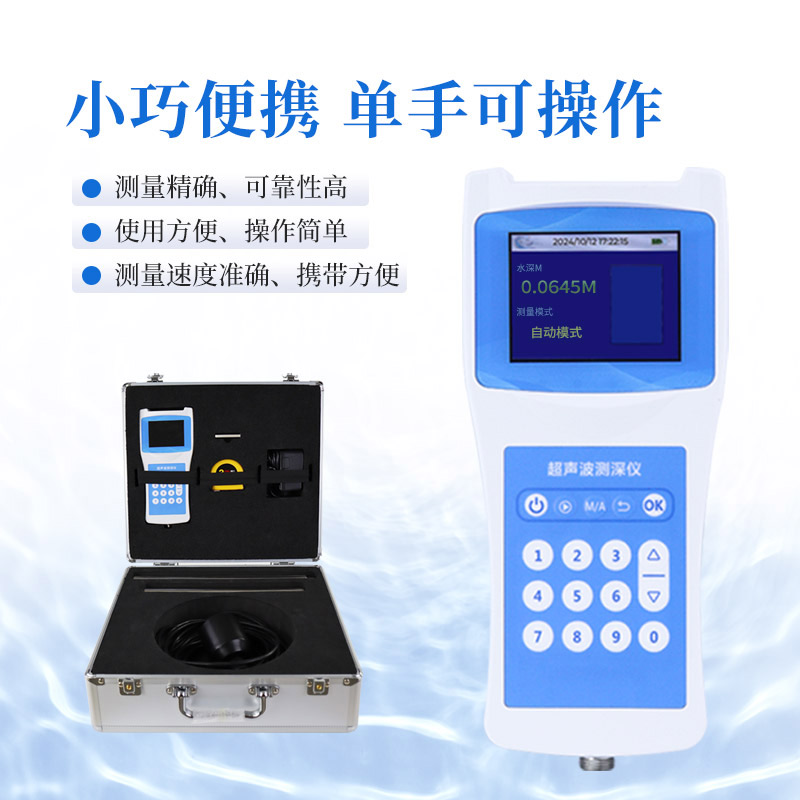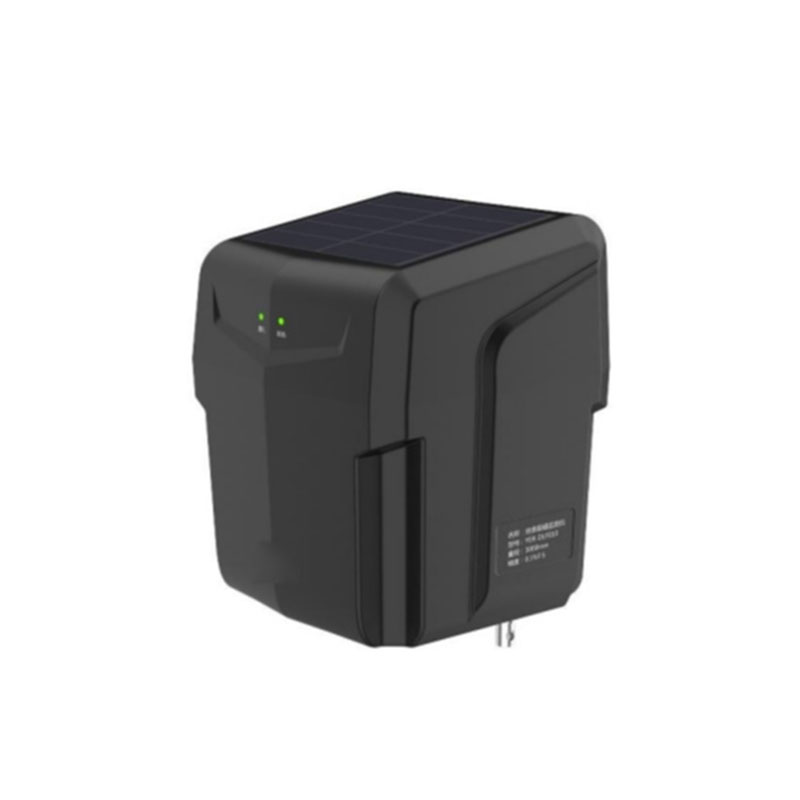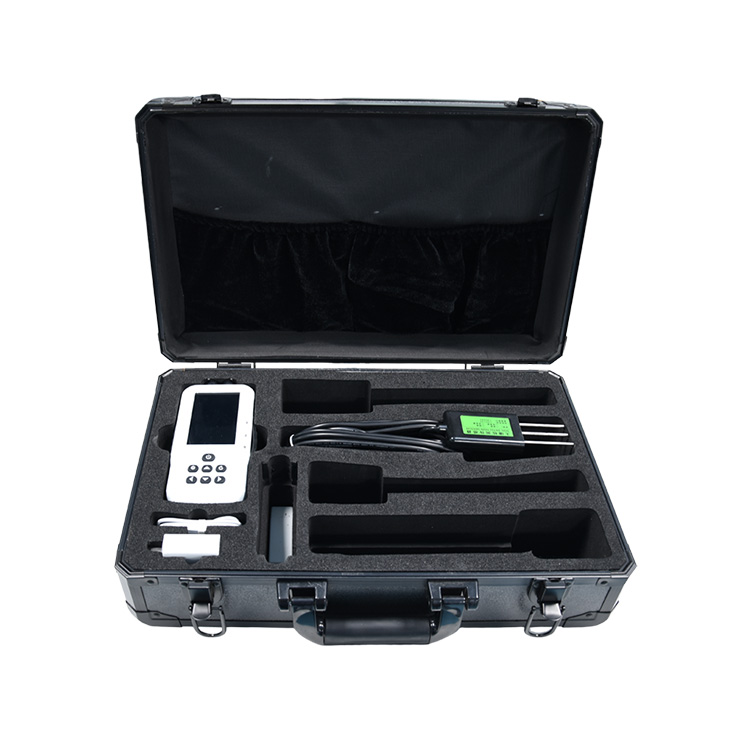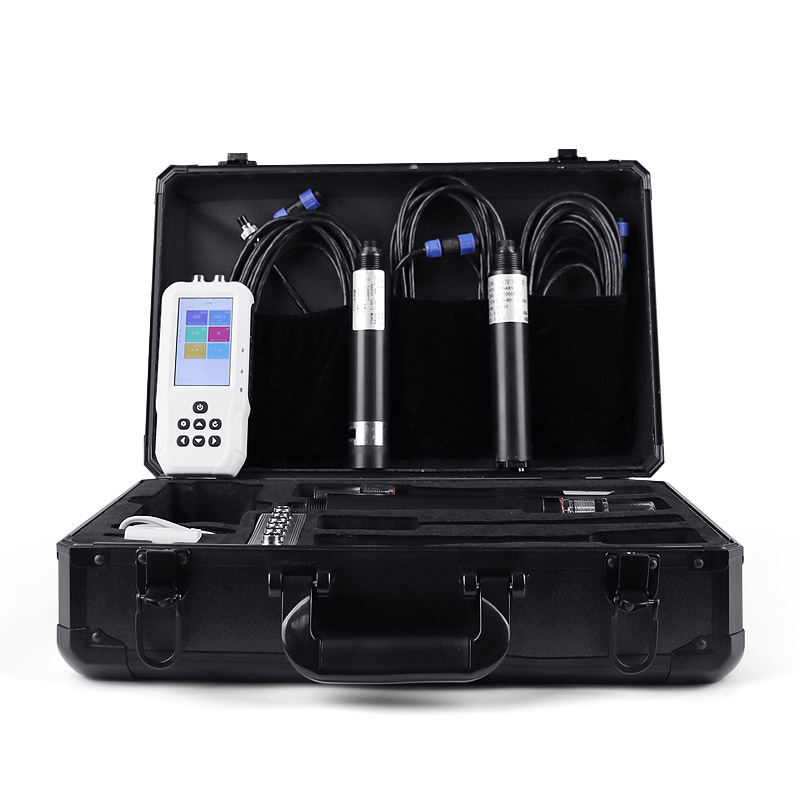Ultrasound is a type of sound wave with a frequency higher than 20,000 hertz. It has strong directivity, concentrated energy, and low propagation loss in water. These characteristics make it an ideal tool for measuring water depth. The principle of water depth measurement based on ultrasonic technology is established on the basic laws of sound wave propagation.
When using ultrasonic technology to measure water depth, the ultrasonic transducer of the Handheld Depth Finder emits ultrasonic waves towards the bottom of the water. The ultrasonic waves propagate at a constant speed in water, are reflected back after reaching the bottom of the water, and are received again by the ultrasonic transducer. Since the propagation speed of ultrasonic waves in water is known (approximately 1,500 meters per second in fresh water at room temperature), as long as the time interval from emission to reception is accurately measured, the depth of the water body can be calculated through the formula "distance = speed × time ÷ 2" (dividing by 2 is because the sound wave travels a round trip).
The Handheld Depth Finder based on ultrasonic waves is composed of an ultrasonic transducer, a signal processing circuit, and a display device. The ultrasonic transducer is responsible for the emission and reception of ultrasonic waves; the signal processing circuit processes the weak reflected signals and accurately calculates the propagation time; the display device intuitively presents the calculated water depth value.
This detector is easy to operate, has high measurement accuracy, and can obtain water depth data in real time. It is widely used in fields such as marine surveying and mapping, channel dredging, water resources management, aquaculture, hydrological monitoring, and underwater engineering.

This paper addresses:https://www.fengtusz.com/industry/726.html









